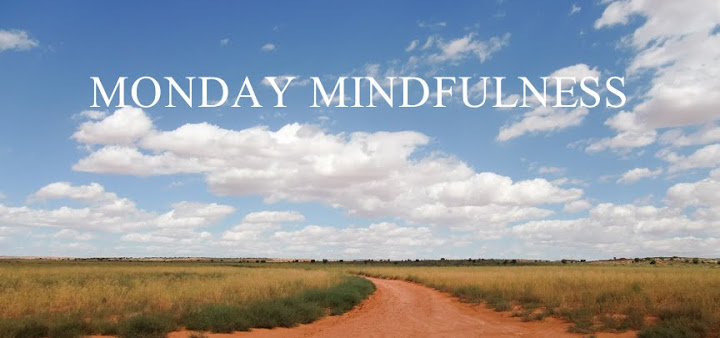I used to have a rowing coach who would scream “Put
something on it!” when our rowing was slow or sloppy. Adding some courage and effort
to the energy gave us a better chance of maintaining an even keel in choppy,
uncertain water. Our lives are like that; choppy and uncertain. When we apply
energy and effort, we are more likely to right our boats.
The Buddha taught that there are the Four Great Efforts that
are supported by this kind of energy.
1.
To enhance and foster wholesome or skillful
states that are already part of our makeup. As an example, when generous
thoughts arise, develop them further and act on them.
2.
To not get entangled in unwholesome or
unskillful states that have already surfaced in us. For instance, when an
unkind judgment arises, we note it and gently move the mind away from it. Let
it go.
3.
To encourage wholesome and skillful states to
develop. To tap into our enormous power for goodness through cultivating
awareness and wisdom.
4.
To avoid unskillful and unwholesome states not
yet surfaced. If we know through experience that certain circumstances bring
about unskillful action and unwholesome states, avoid those circumstances.[1]
Here are the Buddha’s direct instructions:
“Herein, the [practitioner] rouses
his will to arouse [or] overcome wholesome [or] unwholesome states; and he
makes effort, stirs up his energy, exerts his mind and strives.”[2]
Once the energy is stirred up and available, we need to
harness it and use it wisely. This is where courage, effort, persistence and perseverance
come in. I think of this as a kind of vow, an act of trust, and the commitment
to practice as the continual act of vowing; a vow that leads us to live a
skillful, peaceful, wise and compassionate life.
In his book, Taking
our Places; the Buddhist Path to Truly Growing Up, Norman Fischer offers
some beautiful and accessible ideas on vows, vowing, and how they relate to
practice and our lives.
“Vows are energies. Vows are
aspirations. They are larger than life. Endless sources of inspiration, vows
differ from goals, which are limited in scope. Goals can be met. Vows can be practiced
but never exactly completed, for they are essentially unfulfillable, and it is
their very inexhaustibility that propels us forward, opens us up, shapes our
desires and actions.”
…
“The journey is long, but there’s
no rush. Each day starts from where we are – where else could it start from?
There is no use wishing it were otherwise. There’s an old saying in Zen: if you
fall down on the ground, it is the ground you use to get yourself up. The vow
uses the ground of our present imperfection and doubt as purchase to establish itself
ever more firmly. Each time we acknowledge our limitation and affirm our vow
anyway, we strengthen it….To live a life of vowing is to offer ourselves
completely to our lives, with nothing held back.”
…
“Vowing is like walking toward the
horizon: you know where you are headed,
you can see the destination brightly up ahead, and you keep on going toward it
with enthusiasm even though you never arrive there.”
To commit to practice, to come back to the cushion over and
over and over again, we need energy, courage, effort and persistence. The same
holds true for our lives.
